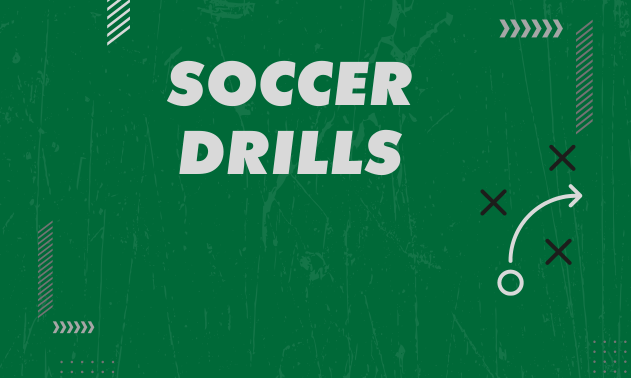| How do you become a healthy soccer player? For one, it doesn’t come right away, it takes time and work. It means getting to sleep at night and eating the right foots. It means choosing to work on your soccer skills rather than play video games all day. If you want to become a professional soccer player you’ve got to start eating like one!
Take someone like Ryan Giggs of Manchester United, how is he nearly 40 years old and still playing in the English Premier League. For Giggs to keep playing at such a high level he’s had to really take care of himself, making sure he eats right, getting enough sleep, doing Yoga, and staying strong and flexible. He said doing Yoga has been a big help in staying strong and fit and preventing injuries. Below are some tips and ideas about how to take care of yourself and becoming a healthy soccer player. If you don’t take care of yourself who else is going to? There’s also a guide to how to measure your body fat percentage and what it really means. • Stay positive. If you’re having a hard time disciplining yourself to eat healthier, try focusing on diversity rather than reduction. Don’t think: “I have to eat less of this, less of that.” Instead, remind yourself “I have to eat more of this, more of that.” By focusing on eating more of the good stuff, it’ll naturally leave less room for the bad stuff, and your thinking will be more positive than negative. • Get enough sleep. The time you spend sleeping gives your body a chance to rebuild itself. Try to go to bed and wake up at approximately the same time every day so that your body becomes familiar with a routine. Staying up late or sleeping in is not a good idea, as your body will have a hard time adjusting to an unpredictable schedule. • Get your vitamins. There are thirteen vitamins that your body needs in order to develop and function properly, and it’s your responsibility to make sure you’re getting enough. While they don’t provide energy directly, they do assist the enzymes that free up energy from carbohydrates, proteins and fats. Take a daily multi-vitamin with food and eat plenty of fruits and vegetables (which are high in vitamins). • Consider using supplements. A lot of athletes turn to bodybuilding supplements in order to help build muscle mass more rapidly. Most of these supplements are packed with protein, which contains the building blocks of muscles. They’re available as pills, bars, and shakes. Just remember that what applies to a bodybuilder may not apply to you as a soccer player. If you take supplements high in protein, remember that your body still needs carbohydrates, as discussed earlier. • Watch your weight. Don’t become overly concerned with quantity. In the same way you should be concerned with proportions rather portions in your diet, the same can be said for your weight. In other words, gaining weight isn’t going to help you much if it’s all fat in your mid-section. By determining your body fat percentage, you can estimate what a healthy weight range is for you, and how much weight you need to gain or lose to get there. • Put the work in. If you’re working hard, if you’re practicing and trying to get better nearly everyday, then you will. It might not come right away, but it will come. While it might seem impossible at first, like how in the world can I juggle the ball a hundred times, but slowly but surely you’ll improve and get better. This is true for any soccer skill you’re working on, whether it’s your trying to strike the ball better with your weaker foot or working on volleys. In time you’ll get better if you put the work in. First off you’ll need to have your soccer coach or trainer or the trainer at your gym use Skinfold Calipers to determine your body fat percentage. Through the skin-fold test you’ll get a body fat percentage to work with. This isn’t a perfect test but will give you a good idea of where you stand. 1. Write down your weight and body fat percentage. I weigh 150 lbs and my body fat percentage is 20%. 2. Calculate how much of your weight is fat. Multiply your weight by your body fat percentage (put a decimal in front of it; if it’s a single digit, put a zero in front of it, too.) 150 lbs x .20 = 30 lbs of fat 3. Subtract your fat weight from your total weight to see how much of you is non-fat. 150 lbs – 30 lbs = 120 lbs 4. Divide your non-fat weight by .88 (which equals 88% non-fat weight, or 12% body fat). 120 lbs / .88 = 136 5. Add 5 lbs to your answer to get the upper range of your healthy weight and subtract 5 lbs to get the lower range. 136 + 5 = 141; 136 – 5 = 131; my healthy weight range is between 131 – 141 Important Tip: Consider your age and if you’re still growing when measuring your body fat. Learn more about eating right for soccer: |
A Healthy Soccer Player















